Literally Graphic rated I Hear the Sunspot: 3 stars
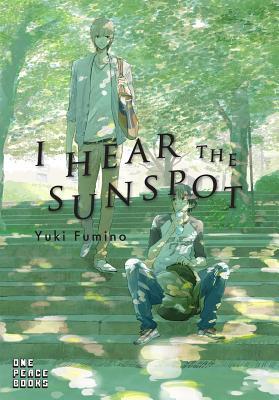
I Hear the Sunspot by Yuki Fumino (I Hear the Sunspot, #1)
"Because of a hearing disability, Kohei is often alone. Taichi outspoken and cheerful. At first, Kohei keeps himself well guarded, …
An avid audiobook and comics reader with few IRL outlets for what has become a very special interest.
This link opens in a pop-up window

"Because of a hearing disability, Kohei is often alone. Taichi outspoken and cheerful. At first, Kohei keeps himself well guarded, …
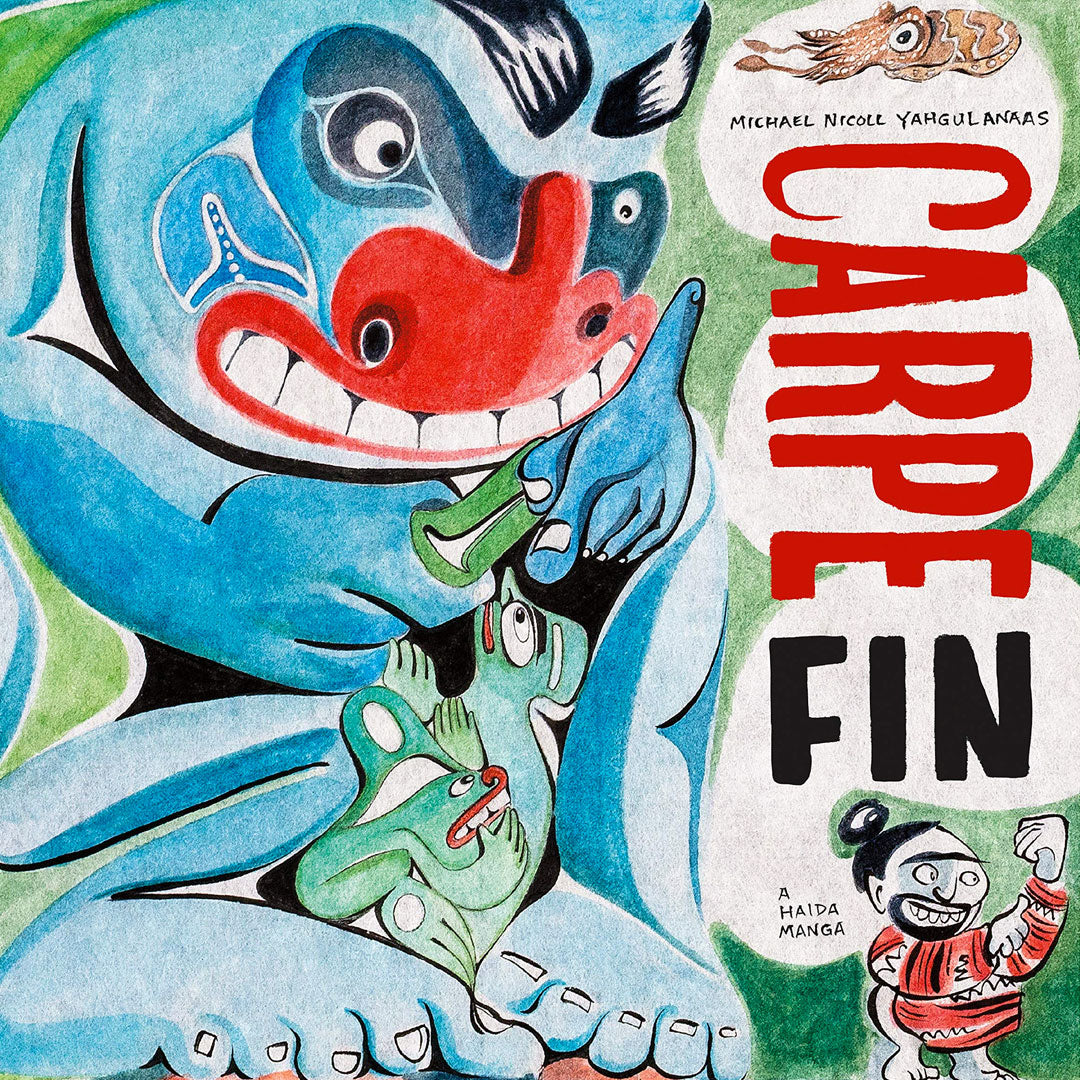
“The ragged edges of the temperate rainforest reach far out onto an island in the western seas. It is a …
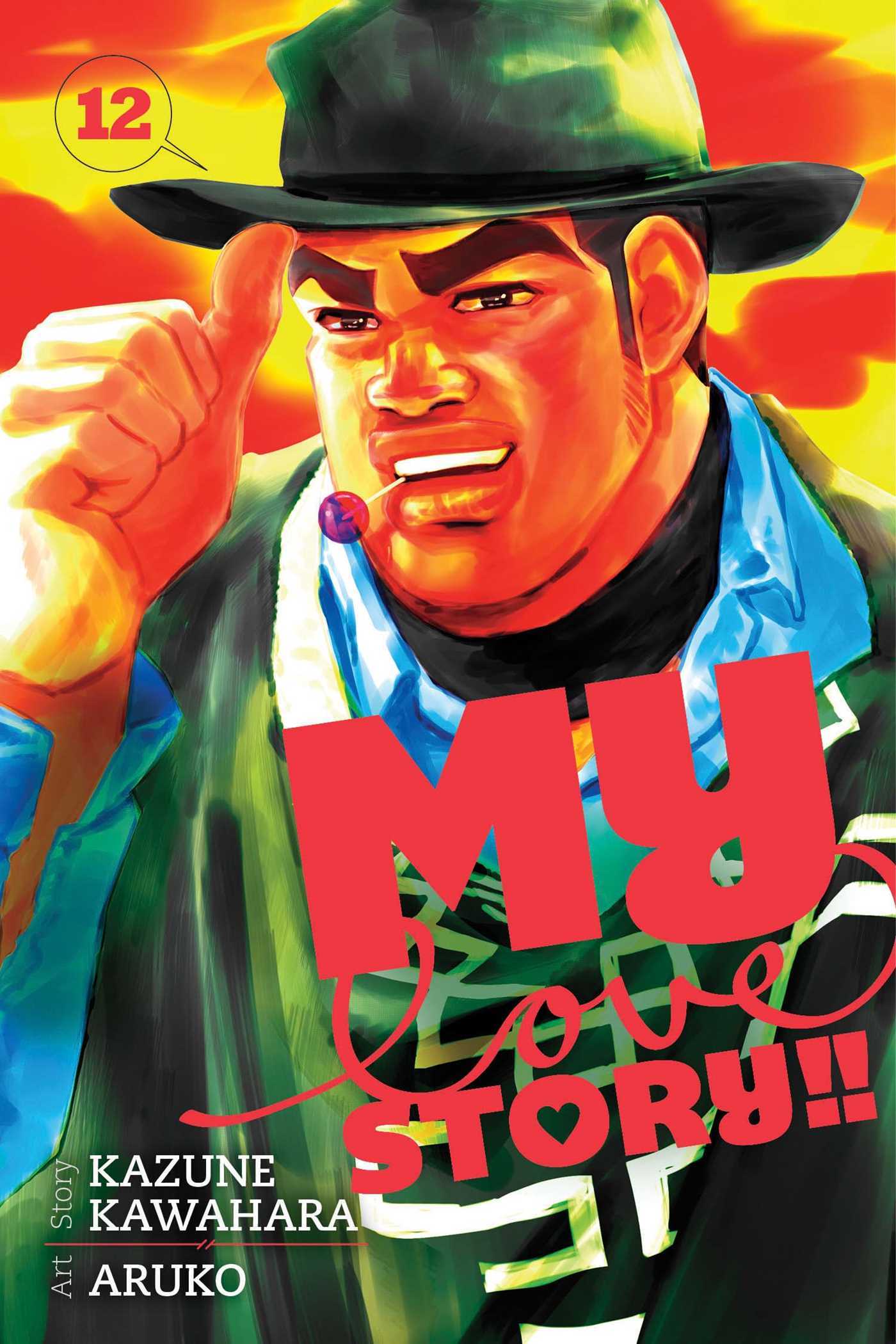
A gentle giant with a heart of gold finally stops being a love underdog in this hilarious romantic comedy!
Takeo …
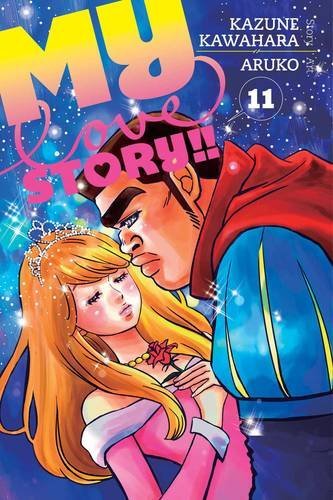
A gentle giant with a heart of gold finally stops being a love underdog in this hilarious romantic comedy!
Takeo …
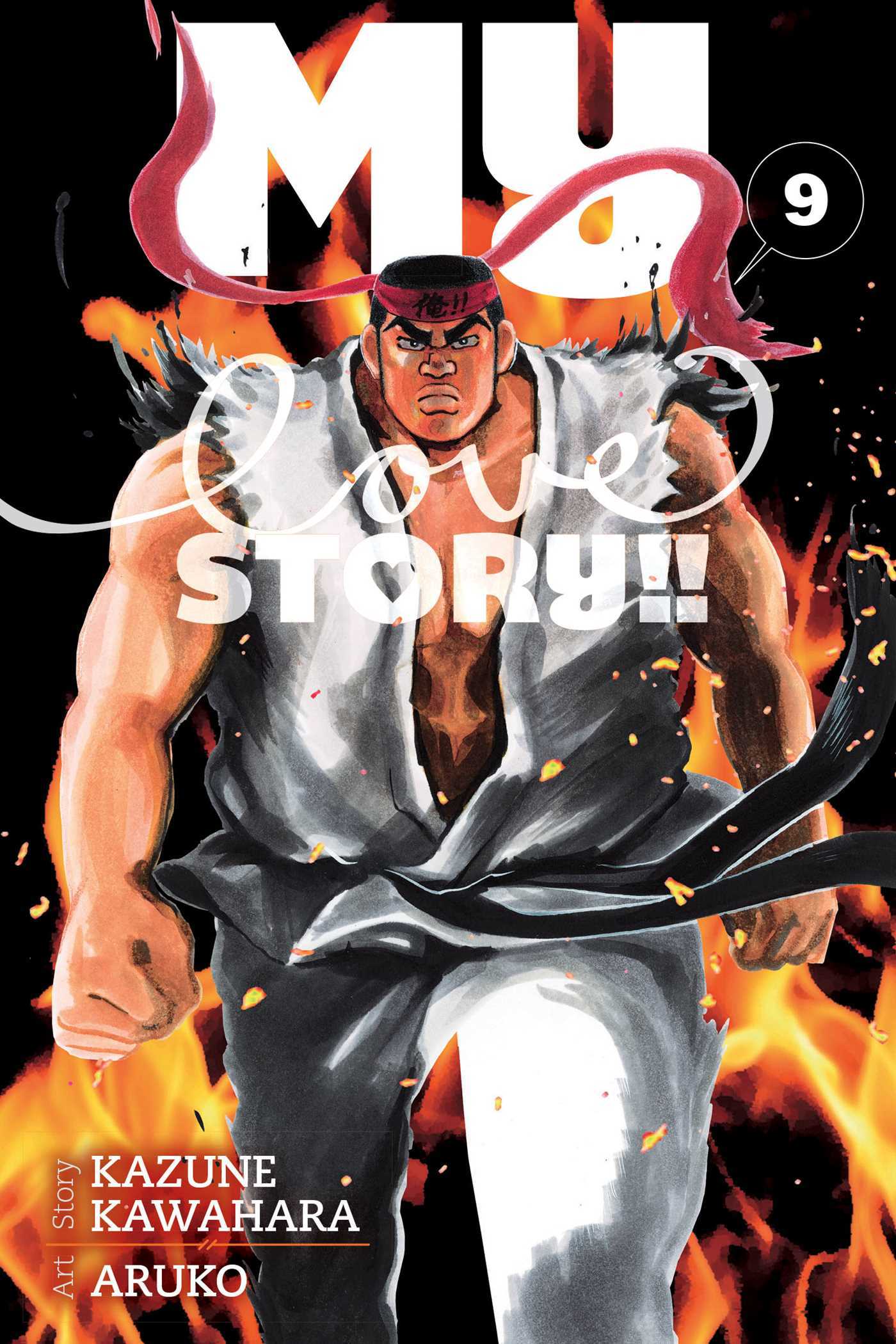
A gentle giant with a heart of gold finally stops being a love underdog in this hilarious romantic comedy!
Takeo …
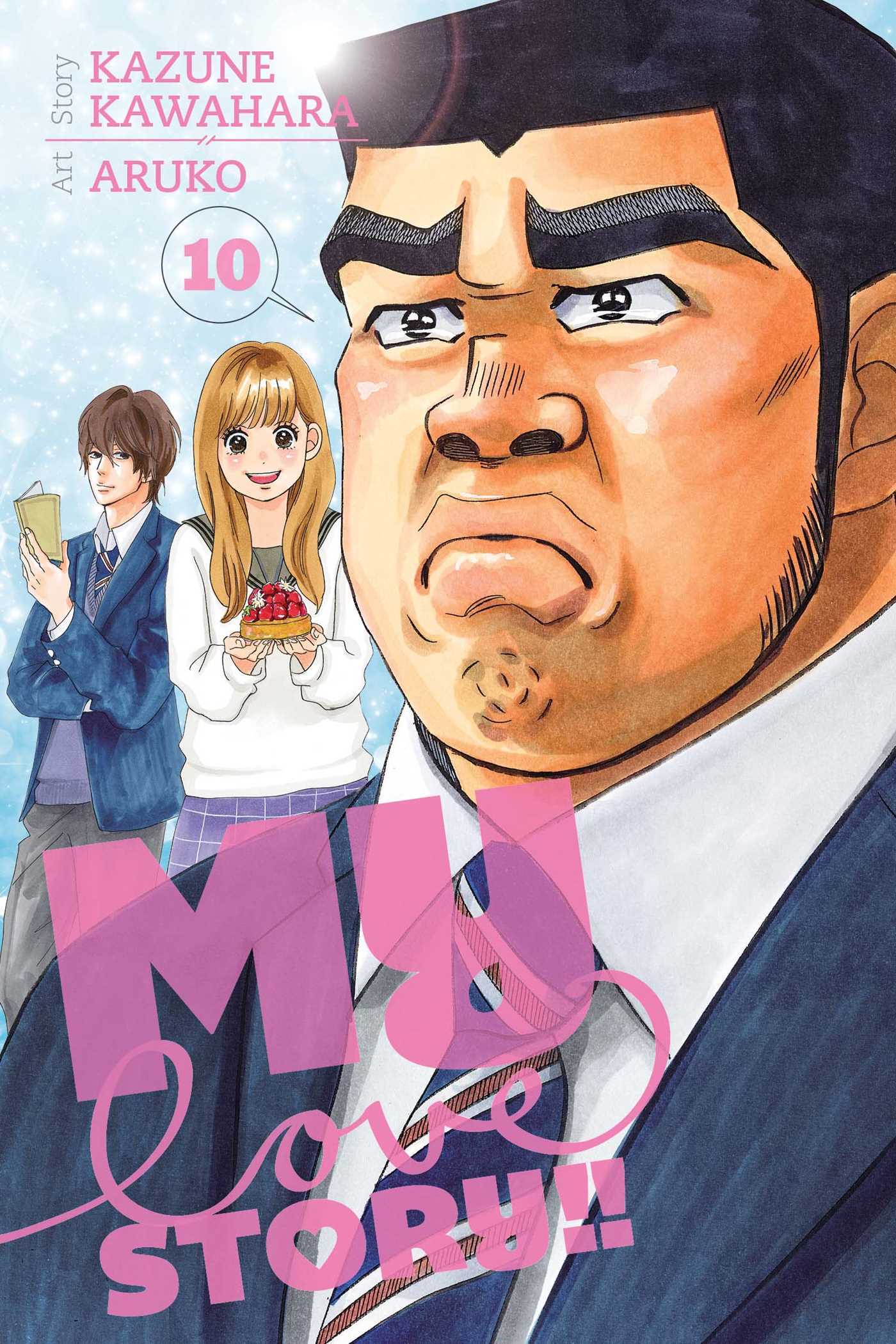
A gentle giant with a heart of gold finally stops being a love underdog in this hilarious romantic comedy by …
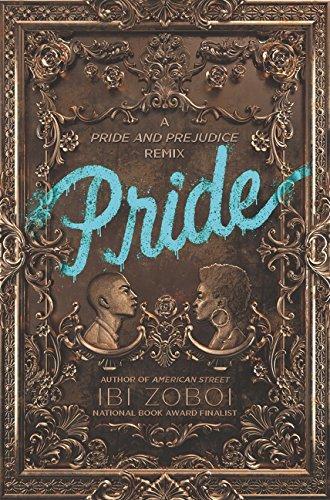
"Zuri Benitez has pride. Brooklyn pride, family pride, and pride in her Afro-Latino roots. But pride might not be enough …
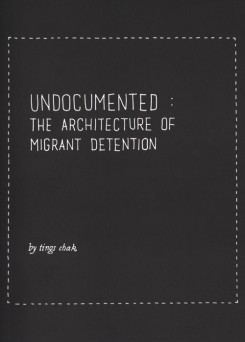
"This thesis explores migrant detention centres in Canada, the fastest growing incarceration sector in North America's prison industrial complex, and …
Obviously a harrowing and potentially triggering topic, I don't have any further content notes. Although I would specifically note that this is a look at so called canadian migrant detention specifically.
Keywords that came to mind: architecture, floor plans, charts, bodies, space, and the human spirit.
Looking over her website, Tings Chak is "an internationalist activist and artist, trained in architecture. After emerging from migrant justice movements in Toronto, Canada, she has been working with diverse working class movements across the Global South."
Looking at the writing and art, this is obviously an unconventional work and fairly niche but incredibly distinct as well. Particularly in a country like so called canada where many of our politicians have tried to portray themselves as welcoming to immigrants and refugees, even while apparently hoping (and working on the legal fronts) to depend on our limited shared borders to insulate us from actually having …
Obviously a harrowing and potentially triggering topic, I don't have any further content notes. Although I would specifically note that this is a look at so called canadian migrant detention specifically.
Keywords that came to mind: architecture, floor plans, charts, bodies, space, and the human spirit.
Looking over her website, Tings Chak is "an internationalist activist and artist, trained in architecture. After emerging from migrant justice movements in Toronto, Canada, she has been working with diverse working class movements across the Global South."
Looking at the writing and art, this is obviously an unconventional work and fairly niche but incredibly distinct as well. Particularly in a country like so called canada where many of our politicians have tried to portray themselves as welcoming to immigrants and refugees, even while apparently hoping (and working on the legal fronts) to depend on our limited shared borders to insulate us from actually having to fulfill those welcomes.
I really enjoyed the way that Chak uses juxtaposition to contrast the the dehumanizing nature of incarcerating architecture with the active resistance from the people who get detained in them. As an interested outsider I can see this as an important intervention and invitation to consider for people going through architecture training. Although, even as just an interested outsider with no background in architecture, I found this book extremely accessible and thought provoking. Architecture is such an integral part of all of our lives and learning more about hostile architecture in general can be incredibly eye opening and even empowering to every day people.
To highlight a few of the things I thought were not as strong... While I'm not an expert, I think some of specifics around some of these details have changed a bit since 2014, not to mention how things have looked different previously. I just feel like there could have been a bit more emphasis on the context of when this piece was written.
I also found the first section of the book the most confusing visually. It's just a blip because this book is overall a pretty fast read, but figured it might be helpful to note.
Not a story really in any sense of the term, I don't really have anything to say on the intersecting identities side of things.
So, to wrap things up.... Four stars. Niche certainly but very accessible and interesting.
And concluding/stepping back from the review side of things I will take one moment to get on a small soapbox and ask. Why is it ever becoming easier for money and capital to cross borders even as humans are increasingly demonized and shut out? We are descending into a future of eco fascism's making and we need to continue to fight back, even when so called liberal and/or democratic politicians are in power or not.
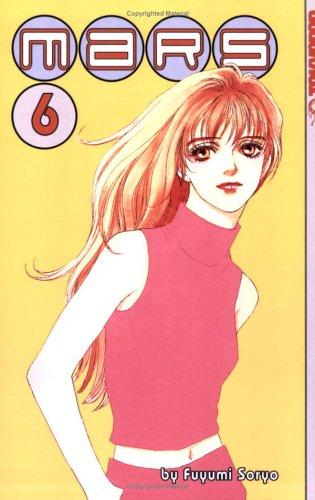
Kira and Rei are definitely in love, but no one said love was easy. When a new guy enrolls in …
I picked this up because of my overall interest in discourse around bodily autonomy, reproductive justice and/or gender.
Content notes for diagrams of organs.
Keywords that came to mind reading this volume? Coming of age, colourful, gender neutral, and fun facts.
Digging into the creative team, there seems to be nothing about Ruth Redford except that they also wrote the Mayo Clinic Press Kids title The Human Body: An alien's Guide. Well that's according to Duck Duck Go. Goodreads does have some older picture book titles under that name as well.
The writing in period is very successful. Succinct, and highly informative. Neutral and not dealing in absolutes, for example "If you have a uterus, you will probably get your period." Something I learned was that apparently PCOS is different for kids and adults. Which makes sense, but hadn't actually thought about it
Aitana on the other hand does have …
I picked this up because of my overall interest in discourse around bodily autonomy, reproductive justice and/or gender.
Content notes for diagrams of organs.
Keywords that came to mind reading this volume? Coming of age, colourful, gender neutral, and fun facts.
Digging into the creative team, there seems to be nothing about Ruth Redford except that they also wrote the Mayo Clinic Press Kids title The Human Body: An alien's Guide. Well that's according to Duck Duck Go. Goodreads does have some older picture book titles under that name as well.
The writing in period is very successful. Succinct, and highly informative. Neutral and not dealing in absolutes, for example "If you have a uterus, you will probably get your period." Something I learned was that apparently PCOS is different for kids and adults. Which makes sense, but hadn't actually thought about it
Aitana on the other hand does have a portfolio website, and according to their about page they are "a Spanish illustrator based in Barcelona. My work is based on a universe full of colour and funny characters that transmit good energy." which does certainly line up with how I saw their work in Period. Which features a wide range of character designs, which combined with the gender neutral language about menstruation, cultivates the most visually inclusive and diverse book about periods that I've read so far. And since there isn't a story, everything we know about the characters is communicated visually, so while race, gender and sexuality are not labeled explicitly, the vibes are largely there. I only wish that they had at least mentioned puberty blockers, which are used by both trans and cis youth in relation to periods (among other things).
Otherwise we cover cups, period underwear and reusable pads. How irregular early periods are. Plus we combats shame and concludes with helpful numbers, a glossary and tips for adults.
Less surprisingly, class and place were not touched on. But, as I say, these are the things I want to think about when I read any book.
Wrapping things up, I liked it, so three out of five stars. It does do many things better then Go With the Flow.
Content notes for drowning, trauma, racism, nudity, and swastikas.
What kinds of keywords came to mind reading Drawn to Berlin? Line, typography, history, refugees, and place.
The summary is "Fitzgerald’s graphic memoir entwines political and personal displacement. Ali Fitzgerald is an artist trying to find herself in a rapidly changing city facing an influx of asylum seekers. In Berlin, she teaches an art class to displaced people who have traveled from war-torn countries such as Syria and Afghanistan. Given Fitzgerald’s encouragement, her students take pen in hand and express their painful memories of home and cautious optimism about their new life. Revealing the humanity behind the politics of immigration, Drawn to Berlin is about loss, community, and the art that binds people together. Black & white illustrations throughout."
My one note is that, to her credit, I did feel like Ali centered herself a lot less then this summary would …
Content notes for drowning, trauma, racism, nudity, and swastikas.
What kinds of keywords came to mind reading Drawn to Berlin? Line, typography, history, refugees, and place.
The summary is "Fitzgerald’s graphic memoir entwines political and personal displacement. Ali Fitzgerald is an artist trying to find herself in a rapidly changing city facing an influx of asylum seekers. In Berlin, she teaches an art class to displaced people who have traveled from war-torn countries such as Syria and Afghanistan. Given Fitzgerald’s encouragement, her students take pen in hand and express their painful memories of home and cautious optimism about their new life. Revealing the humanity behind the politics of immigration, Drawn to Berlin is about loss, community, and the art that binds people together. Black & white illustrations throughout."
My one note is that, to her credit, I did feel like Ali centered herself a lot less then this summary would necessarily imply. At least to me. This is certainly an outsider looking in sort of story and Ali does not shy away from including herself in the story in a way that clearly explains her perspective, but in my opinion at least Ali does a decent job of balancing her life, the lives of the people she works with, and larger themes about belonging in Berlin - both in the past and in that present.
Other autobiographical facts about Ali include she now lives outside of Paris; she contributes comics to a number of magazines; she's queer; and she describes Drawn to Berlin as Surreal Nonfiction.
Looking at the artwork, as always I'm pretty biased towards finely crafted and dramatic black and white art. Plus, the use of line was pretty distinct.
Looking at the intersections of identity as we always do...
One of the strengths of the volume in my opinion is that Ali does include a pretty wide variety of people.
People of many races, classes and sexualities have all come to Berlin throughout its history. There's discussion of the economic exploitation of undocumented people. The history and present of violent fascism and it's propaganda.
Gender felt a little less explored, although a diversity of the binary is present... Disability felt the least explored.
To conclude... it took me a little too long perhaps to get to this book as things continue to only get worse. Four stars.
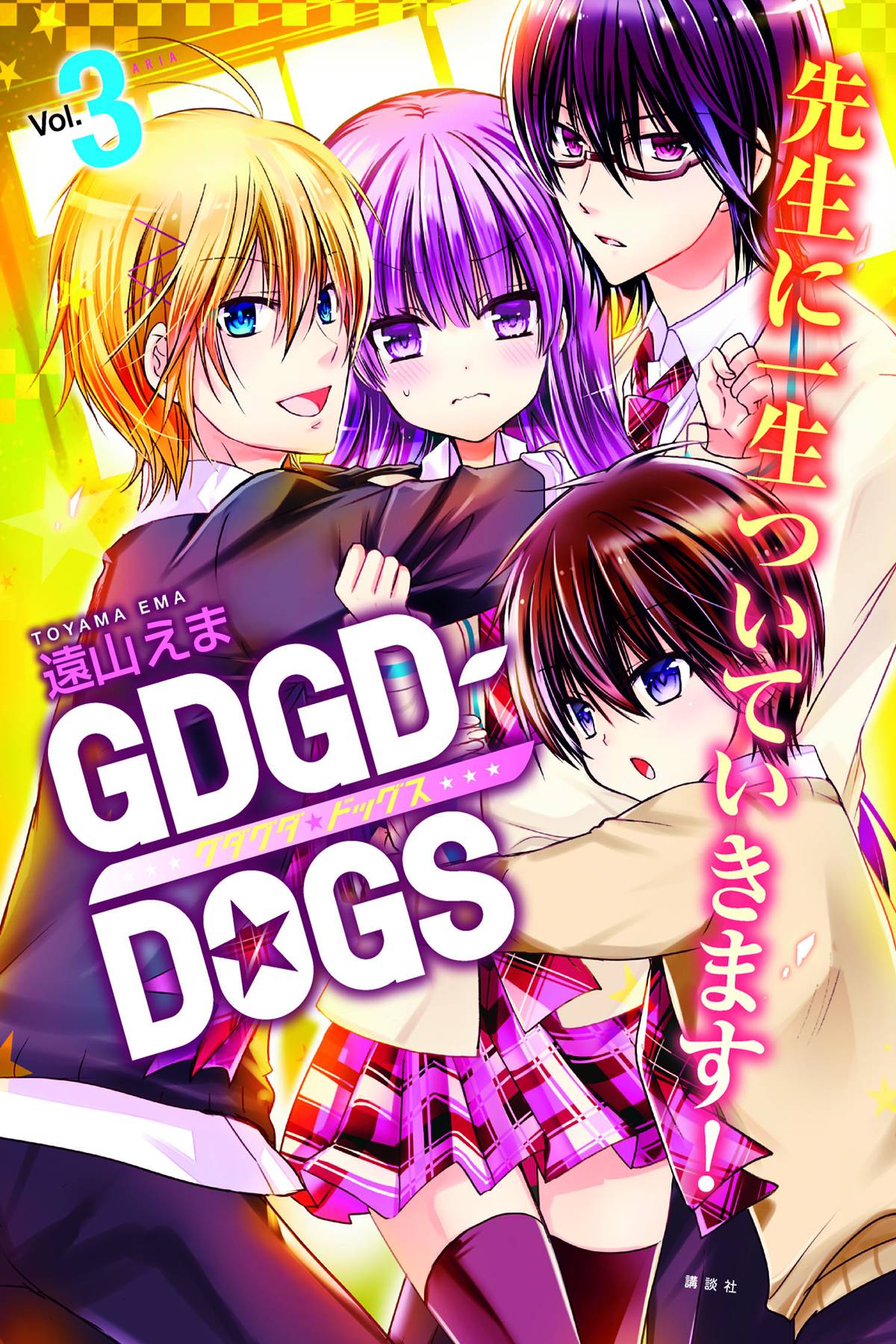
Teenage manga artist Kanna Tezuka's series is about to be cancelled and the manga course in her school is also …
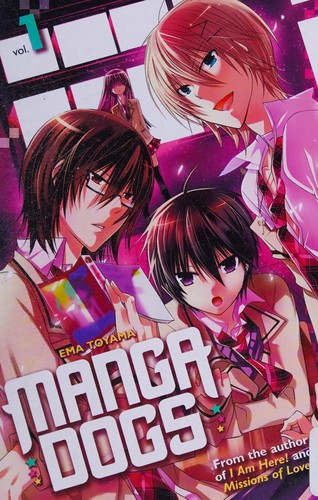
Kanna Tezuka is a serious 15-year-old manga artist, already being published as a pro. So when she finds out her …
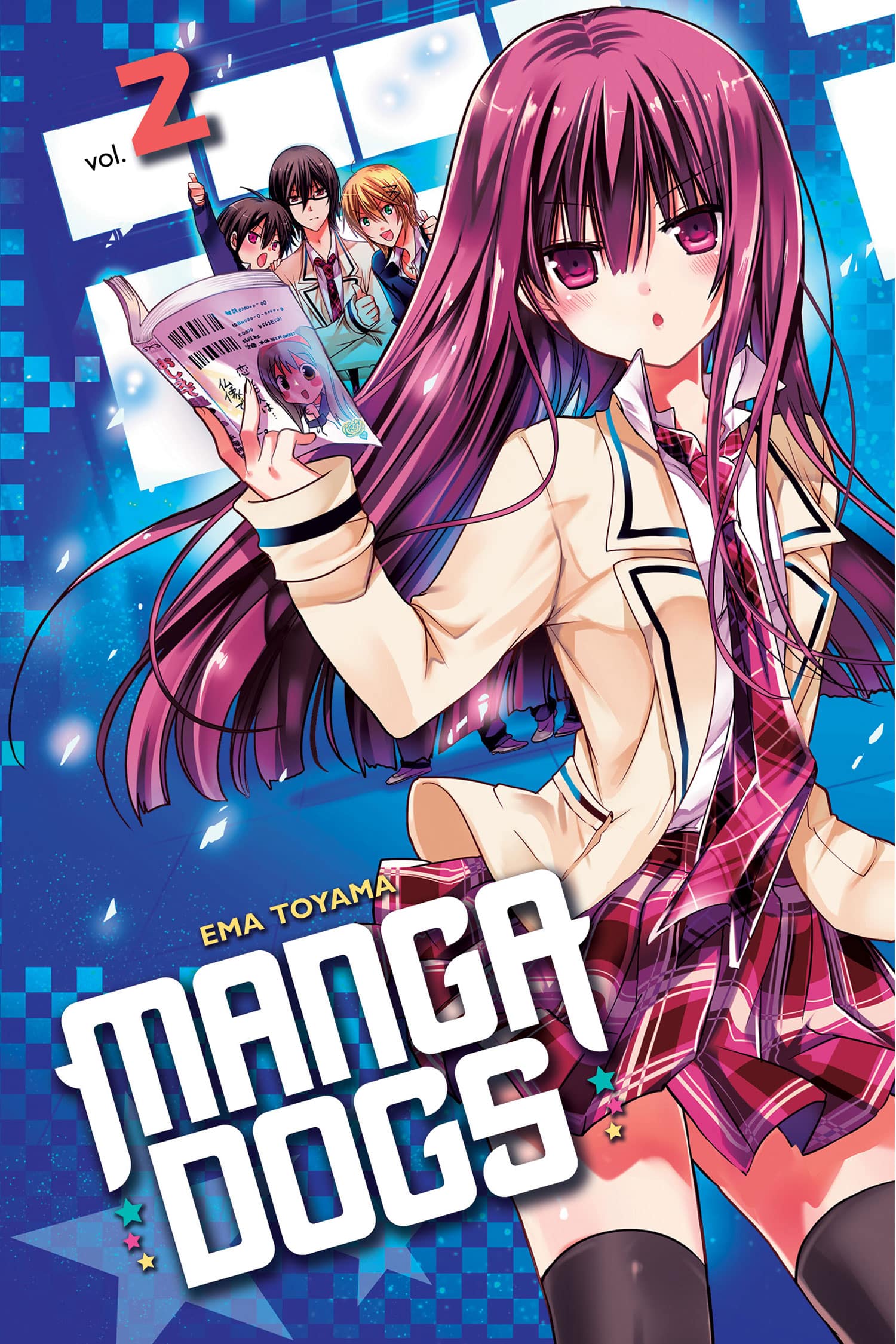
After she faces down a rival, a kidnapper, and her dismal popularity ratings, female manga artist Kanna finds that having …